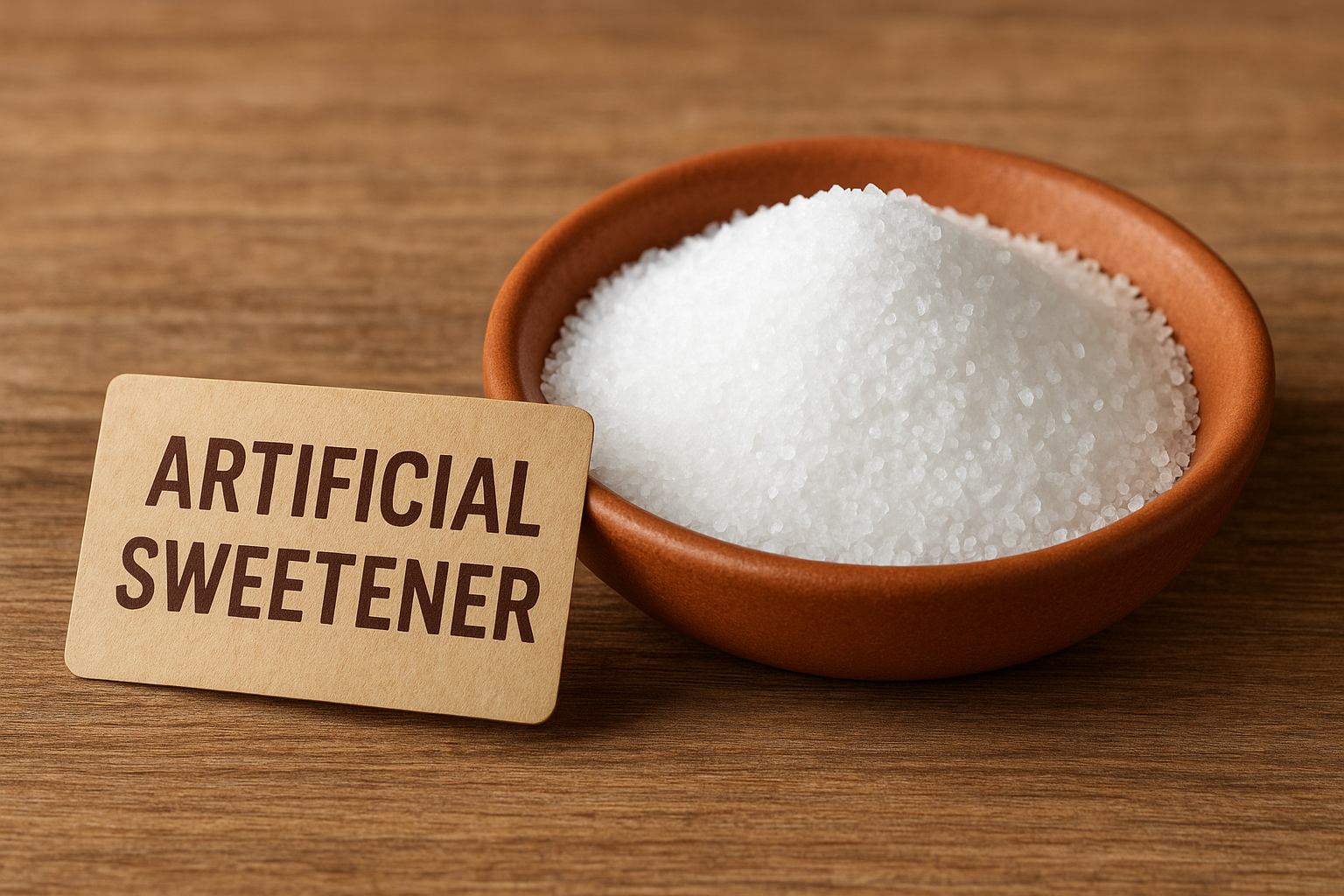1. The Meaning of ‘Sugar-Free’
The ‘sugar-free’ or ‘low-sugar’ label means that ‘table sugar (refined sugar)’ was not used, or used in very small amounts, when making the product. This is a very attractive phrase for people with diabetes and health-conscious consumers.
2. The Fundamental Problem with Tteok
However, in the case of tteok, the main culprit that raises blood sugar is not the added sugar, but the main ingredient, ‘rice flour,’ itself.
– Concentrated Carbohydrate: Tteok is made from finely ground white or glutinous rice flour. This is a pure ‘refined carbohydrate’ with almost no dietary fiber.
– Very High Glycemic Index (GI): The process of making rice into flour, steaming, and pounding it makes it extremely easy to digest and absorb. The GI of tteok is over 85, which is much higher than that of table sugar (around 65). In other words, tteok raises blood sugar faster and higher than sugar itself.
3. The ‘Sugar-Free’ Tteok Trap
Therefore, even if tteok is made without any added sugar, the fundamental problem of the rice flour causing a sharp rise in blood sugar is not solved at all. The ‘sugar-free’ label by no means implies that the tteok is safe for blood sugar. Eating a lot of ‘sugar-free’ tteok with a sense of relief is just as harmful to blood sugar management as eating two bowls of plain white rice.
Summary: The main driver of the blood sugar spike from tteok is the ‘rice flour’ itself, not added sugar. Therefore, even ‘sugar-free’ tteok will cause a very sharp rise in blood sugar, just like regular tteok, and people with diabetes must be extremely cautious with its consumption.


Leave a Reply